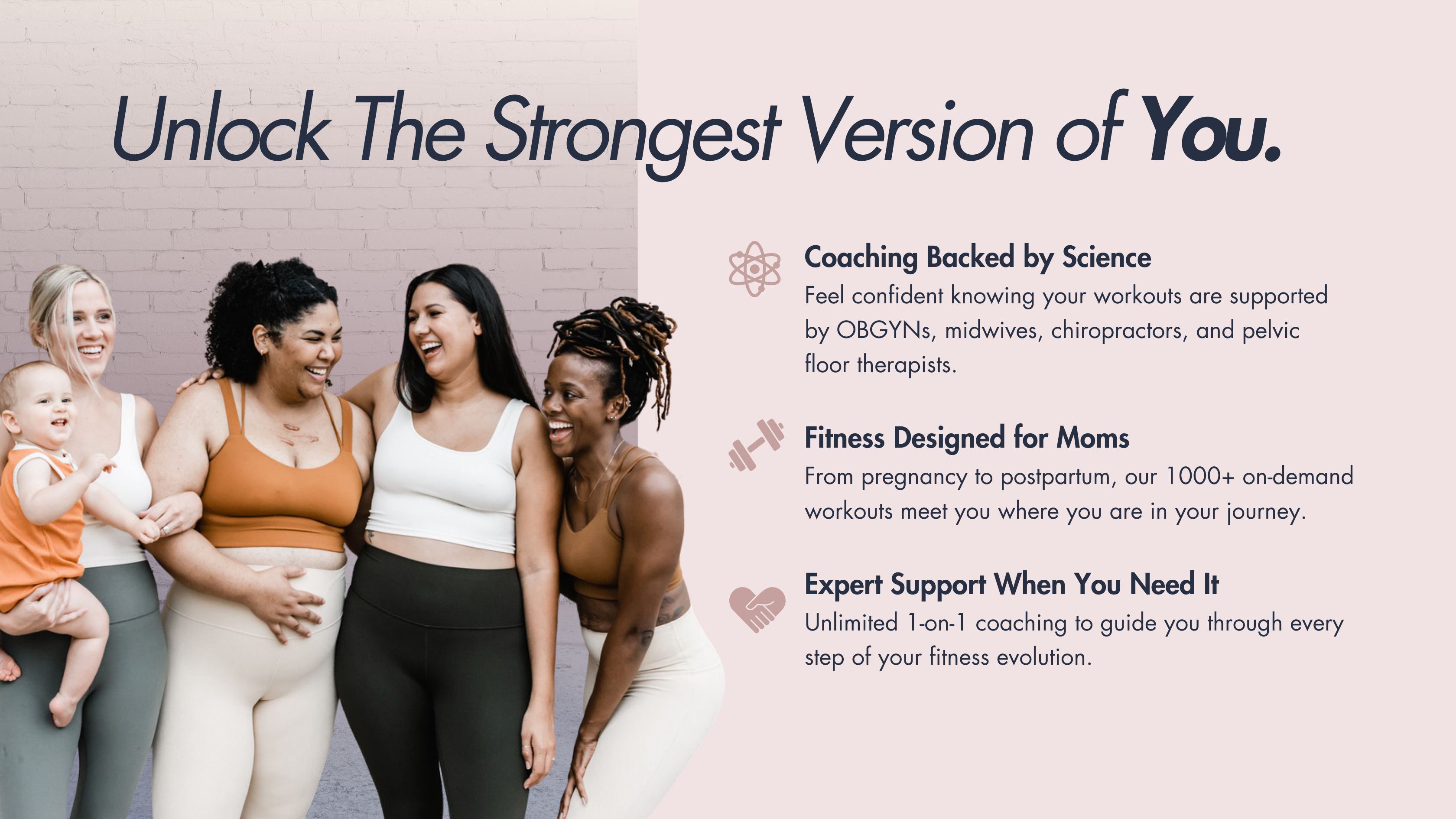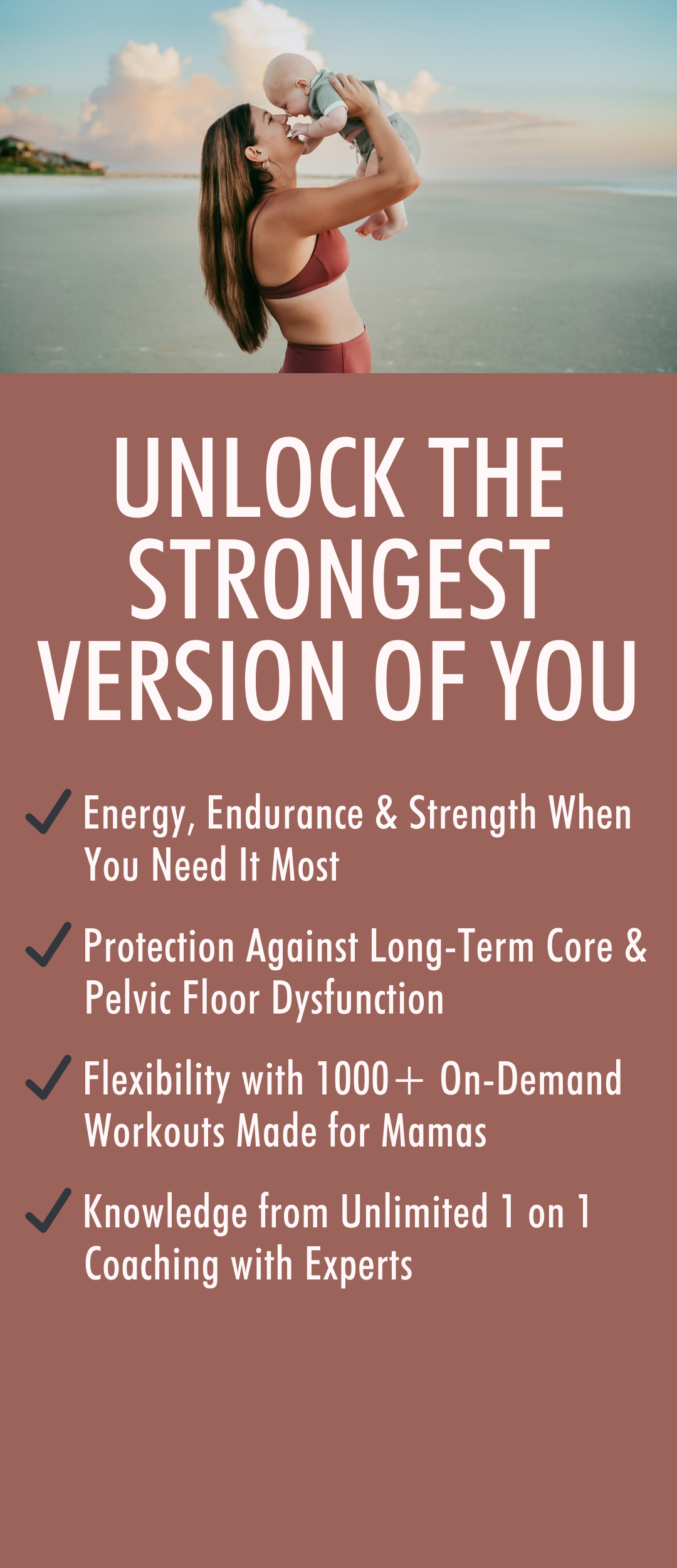3 Myths About Postpartum Recovery That Are Holding You Back
 If you’re a mom—whether you’re newly postpartum or years into motherhood—you’ve likely encountered a flood of miseducation about postpartum recovery.
If you’re a mom—whether you’re newly postpartum or years into motherhood—you’ve likely encountered a flood of miseducation about postpartum recovery.
From rigid rules about exercise timelines to fear-based myths that make you second-guess every movement, the world of postpartum recovery is full of misguided advice that can leave you feeling confused, stuck, or even fearful of moving your body.
At Studio Bloom, we’re rewriting the narrative. It’s time to ditch the fear and reclaim your strength on your terms. Let’s break down 3 common postpartum recovery myths—and what you should focus on instead.

1. "You Have to Close Your Diastasis Recti Gap to Heal"
One of the biggest postpartum fitness myths is that healing diastasis recti (DR) means "closing the gap." Women become obsessed with measuring their separation, believing that a smaller gap = a stronger core. But this isn’t how core healing works.
👉 The Truth: You’ve always had a separation. Everyone has some level of a gap between their abdominal muscles—it’s completely normal. The real focus should be on functionality, strength, and proper core engagement, not on trying to completely "close" something that was never supposed to be closed in the first place.
Instead of worrying about the width of your gap, pay attention to:
✅ How well you engage your deep core muscles
✅ Your ability to manage intra-abdominal pressure
✅ Whether your movements feel strong, controlled, and pain-free
Healing is about strength—not centimeters.

2. "Diastasis Recti-Safe Workouts Are the Only Workouts You Can Do"
Many postpartum women are told that they must only do "safe" DR workouts—as if there’s a universal list of exercises that apply to all bodies. This overly cautious approach can make moms afraid to move beyond basic exercises, keeping them stuck in an unnecessary cycle of avoidance.
👉 The Truth: There’s no such thing as a one-size-fits-all list of "safe" exercises for diastasis recti. What matters is whether you can:
✅ Properly engage your core and pelvic floor
✅ Manage intra-abdominal pressure (no coning or bulging)
✅ Breathe through the movement without breath-holding
If you meet these markers, you can progress your workouts safely—including planks, strength training, and even more advanced moves. There’s no such thing as staying in the "safe exercise" bubble because your ideal exercises depend uniquely on you. If you adhere to what people will tell you are “safe workouts,” you could slow your recovery. The key is to check in with your body and meet the markers mentioned above in every move.

3. "You Shouldn't Exercise for 6 Weeks After Birth—At All"
The 6-week wait rule has been drilled into postpartum fitness, with many women being told they should rest completely or avoid all movement until their doctor gives the "all-clear." While rest is important, avoiding movement entirely can actually make recovery harder.
👉 The Truth: Early postpartum movement—like breath work, gentle core activation, and mobility work—can be incredibly beneficial for healing.
Of course, high-intensity workouts should be put on hold in the immediate, but here’s what you most likely can safely start earlier:
✅ Diaphragmatic breathing to reconnect with your core
✅ Gentle pelvic floor activation (no forceful Kegels!) proper lengthening and contracting are the goals
✅ Postural work and mobility exercises to prevent stiffness
✅ Functional movements to help you prepare for a full return to exercise including running and jumping
The key? Listen to your body. Start slow, but don’t be afraid to start.

The Bottom Line: You’re Stronger Than These Myths
Postpartum fitness shouldn’t be fear-based—it should be about helping you connect to your body again. At Studio Bloom, we focus on science-backed movement, expert guidance, and a supportive community that helps you ditch the fear and reclaim your strength.
👉 If you're tired of outdated postpartum fitness myths, let’s rewrite the narrative together.
Our coaches are waiting to answer your questions and guide you to the next step.
Join Studio Bloom today and get a 7-day free trial. 💪 Start Now





